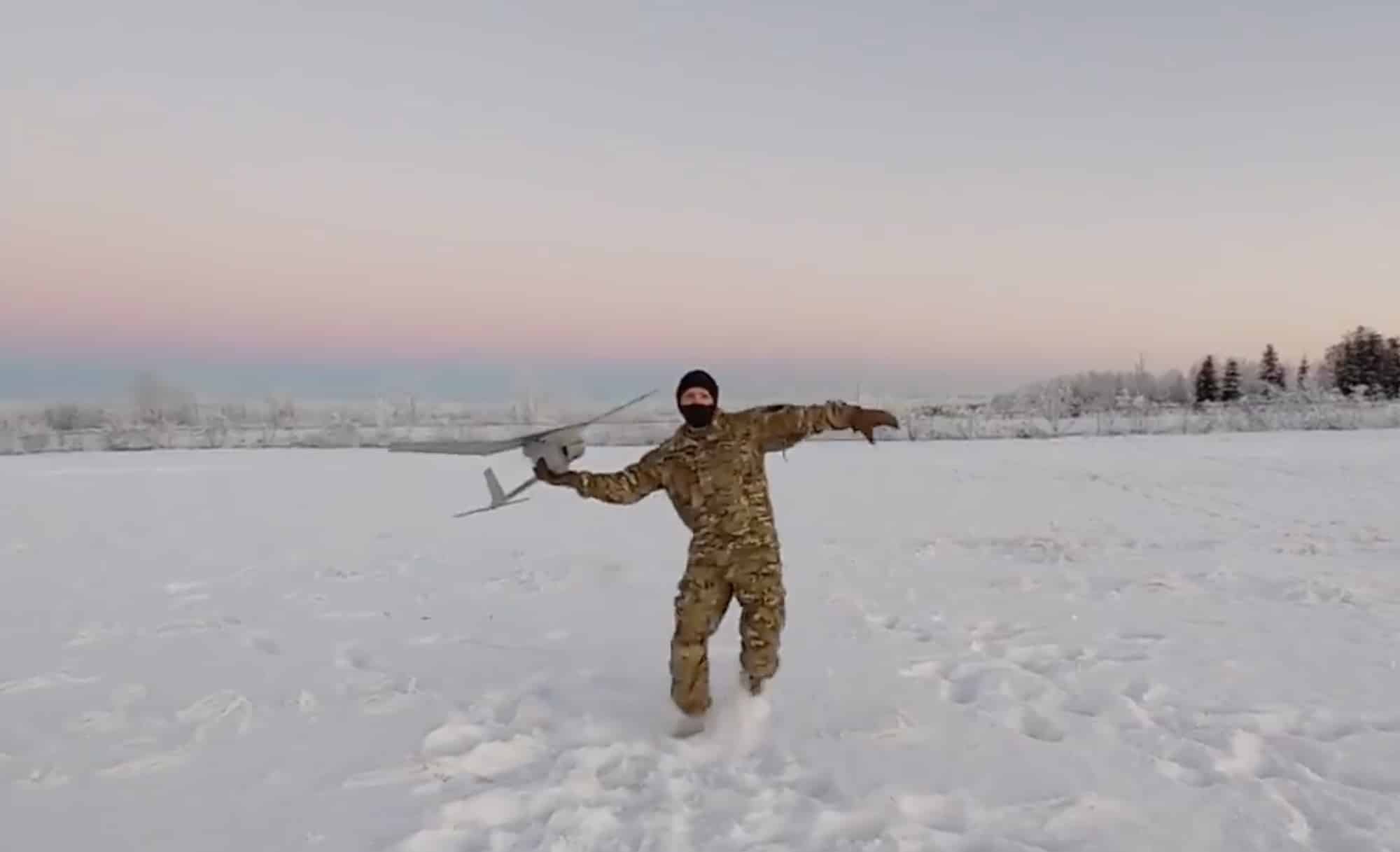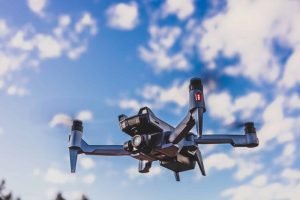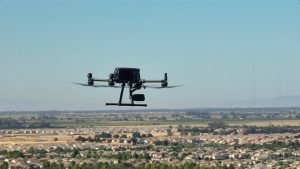NATO Accelerates Development of Arctic-Capable Drones
In response to the shifting geopolitical landscape, NATO is intensifying its efforts to develop drones specifically designed for Arctic operations. This initiative comes as military activities rise in the high north, where traditional aircraft face significant challenges due to harsh weather conditions and difficult terrain.
Reasons Behind the Push
The increased focus on Arctic-capable drones is driven by the growing importance of the region for defense strategies and resource exploration. With climate change making the Arctic more accessible, there is rising concern about territorial claims and security threats from various nations. NATO seeks to maintain a strategic advantage by enhancing its aerial capabilities in this vital area.
Innovative Drone Technologies
NATO is looking into advanced drone technologies that can withstand extreme temperatures and operate effectively in icy environments. These drones will not only enhance surveillance operations but will also be equipped for logistics and supply missions in remote locations.
Collaboration Among Member States
The development of these drones will likely involve collaboration among NATO member countries. By pooling resources and expertise, the alliance aims to expedite the research and deployment of these advanced systems, ensuring interoperability across various national forces.
Challenges Ahead
While the vision for Arctic-capable drones is promising, several challenges remain. Technical hurdles related to drone performance in severe conditions need to be addressed, alongside logistical considerations for maintenance and operations in remote areas.
The Path Forward
NATO’s commitment to advancing drone technology reflects its adaptability to evolving security challenges. As they push forward with these projects, the alliance may redefine its operational capabilities in the Arctic, securing a key strategic asset for future missions.
Original source: Dronexl













